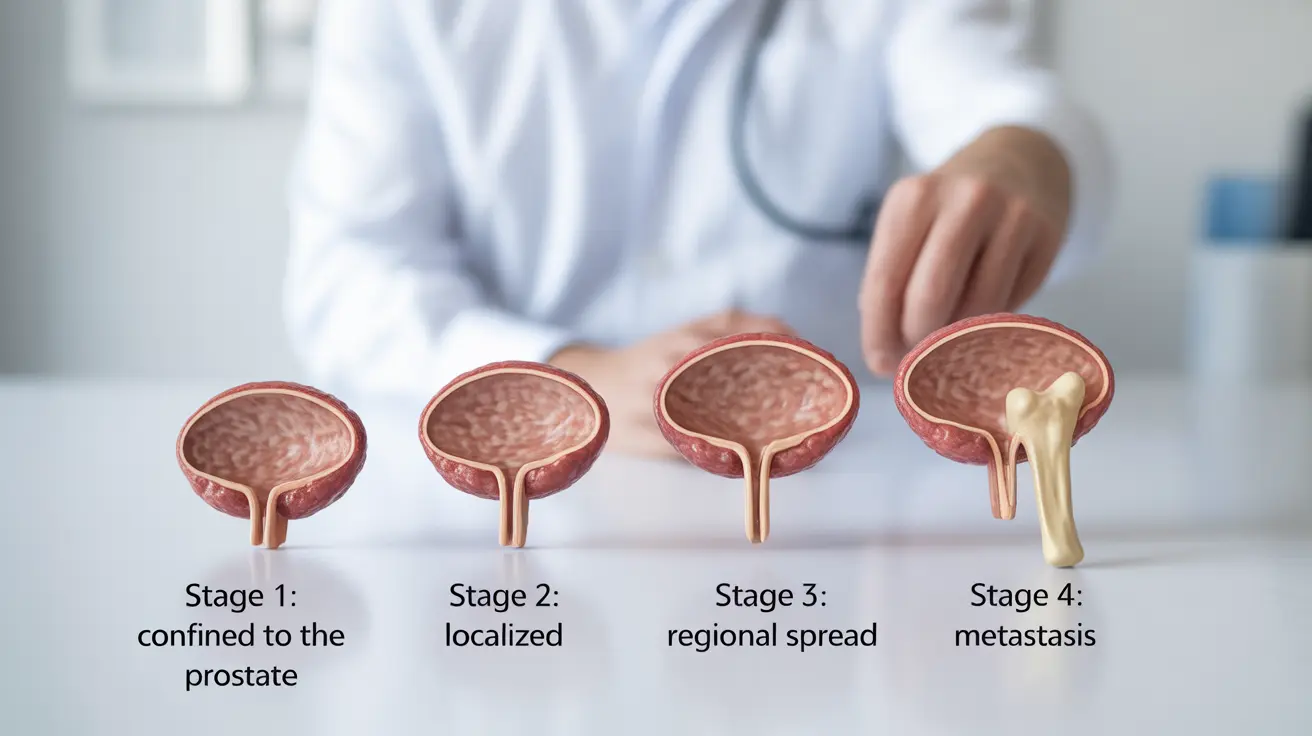Falafel, a beloved staple of Middle Eastern cuisine, has gained popularity worldwide as a vegetarian and vegan-friendly option. But as health-conscious diners increasingly seek out nutritious alternatives, a question arises: is falafel healthy? This article delves into the nutritional profile of falafel, exploring its potential benefits and drawbacks to help you make informed dietary choices.
Understanding the health implications of falafel is crucial for those looking to maintain a balanced diet while enjoying flavorful foods. We'll examine its ingredients, preparation methods, and how it fits into various dietary patterns, providing you with a comprehensive look at this savory chickpea-based dish.
The Nutritional Profile of Falafel
Falafel is primarily made from chickpeas or fava beans, which are excellent sources of plant-based protein and fiber. These legumes provide essential nutrients that contribute to overall health:
- Protein: Supports muscle growth and repair
- Fiber: Aids digestion and promotes feelings of fullness
- Complex carbohydrates: Provide sustained energy
- Vitamins and minerals: Including folate, iron, and magnesium
However, the health benefits of falafel can be significantly influenced by its preparation method. Traditional deep-fried falafel absorbs oil during cooking, increasing its calorie and fat content. This aspect is crucial when considering falafel's place in a balanced diet.
Deep-Fried vs. Baked Falafel: A Nutritional Comparison
The cooking method plays a vital role in determining falafel's nutritional value. Let's compare the two main preparation techniques:
Deep-Fried Falafel
Deep-frying is the traditional method for preparing falafel, resulting in a crispy exterior and soft interior. However, this method has some nutritional drawbacks:
- Higher in calories and fat due to oil absorption
- Potential for trans fat content if the oil is reused multiple times
- May contribute to increased cholesterol levels when consumed regularly
Baked Falafel
Baking offers a healthier alternative to deep-frying, with several benefits:
- Significantly lower in calories and fat
- Retains more of the natural nutrients from the legumes
- Reduces the risk of harmful compounds formed during high-heat frying
While baked falafel may not achieve the same crispy texture as its fried counterpart, it provides a more health-conscious option without sacrificing flavor.
Making Falafel Healthier: Tips and Strategies
For those looking to enjoy falafel as part of a nutritious diet, consider these tips to enhance its health profile:
- Opt for baking or air frying instead of deep-frying
- Use whole grain flour or oats as a binder instead of white flour
- Incorporate vegetables like spinach or carrots into the mixture for added nutrients
- Serve with a side of fresh salad or vegetables to increase fiber intake
- Choose whole grain pita or lettuce wraps instead of white bread
By implementing these strategies, you can significantly reduce the calorie and fat content of falafel while boosting its nutritional value.
Falafel and Special Dietary Considerations
Falafel for Diabetics
People with diabetes need to be mindful of their carbohydrate intake and how foods affect their blood sugar levels. Falafel can be included in a diabetic diet with some considerations:
- The high fiber content can help slow down glucose absorption
- Portion control is essential to manage carbohydrate intake
- Pairing falafel with non-starchy vegetables can help balance blood sugar response
It's always advisable for individuals with diabetes to consult with their healthcare provider or a registered dietitian for personalized advice on incorporating falafel into their meal plan.
Falafel in Weight Loss Diets
Falafel can be part of a weight loss diet when consumed mindfully. Here are some strategies for incorporating falafel into a calorie-controlled eating plan:
- Choose baked or air-fried versions to reduce calorie intake
- Control portion sizes by having one or two small falafel patties
- Balance the meal with plenty of vegetables and a small amount of healthy fat
- Avoid high-calorie accompaniments like creamy sauces or fried sides
Remember that weight loss is primarily about overall calorie balance, so falafel can be enjoyed in moderation as part of a varied, nutrient-rich diet.
Frequently Asked Questions
Is falafel a healthy food option, and how does its nutritional content benefit overall health?
Falafel can be a healthy food option, particularly when prepared using healthier cooking methods like baking. It's rich in plant-based protein, fiber, and essential nutrients like folate and iron. These components support muscle health, aid digestion, and contribute to overall well-being. However, the healthiness of falafel largely depends on its preparation method and portion size.
What are the key differences between deep-fried and baked falafel in terms of nutritional value?
The main difference lies in the fat and calorie content. Deep-fried falafel absorbs oil during cooking, significantly increasing its calorie and fat content. Baked falafel, on the other hand, retains more of its original nutritional value with fewer added calories and less fat. Baked falafel is generally considered a healthier option, especially for those monitoring their calorie or fat intake.
How can falafel be made healthier, and what are some tips for reducing its calorie and fat content?
To make falafel healthier, opt for baking or air frying instead of deep-frying. Use whole grain flour as a binder, incorporate vegetables into the mixture, and serve with fresh salads or vegetables. Reduce portion sizes and choose whole grain or lettuce wraps instead of white bread. These strategies can significantly lower the calorie and fat content while enhancing the overall nutritional value.
Is falafel suitable for people with diabetes, and what are its effects on blood sugar levels?
Falafel can be suitable for people with diabetes when consumed in moderation. Its high fiber content can help slow down glucose absorption, potentially leading to a more gradual rise in blood sugar levels. However, portion control is crucial, and it's best paired with non-starchy vegetables. Individuals with diabetes should consult their healthcare provider for personalized advice on incorporating falafel into their diet.
Can falafel be a part of a weight loss diet, and what portion control strategies are recommended?
Falafel can be included in a weight loss diet when consumed mindfully. Choose baked or air-fried versions to reduce calorie intake. Limit portions to one or two small patties, and balance the meal with plenty of vegetables. Avoid high-calorie accompaniments and focus on overall calorie balance in your diet. When incorporated thoughtfully, falafel can provide satisfying protein and fiber to support weight loss efforts.
In conclusion, falafel can be a nutritious addition to many diets when prepared and consumed mindfully. By choosing healthier cooking methods, controlling portions, and balancing meals with plenty of vegetables, you can enjoy this Middle Eastern favorite while supporting your health and wellness goals.




